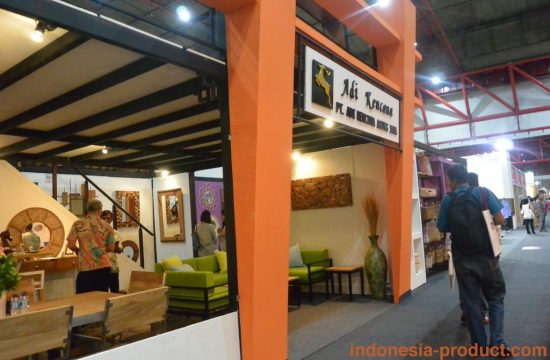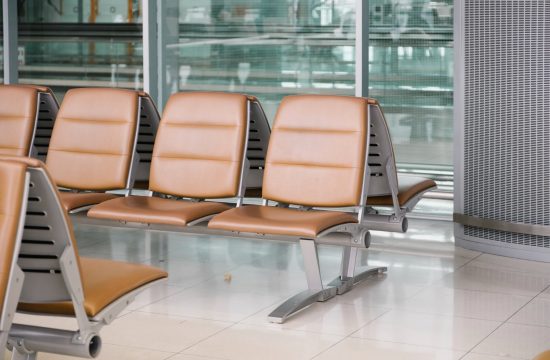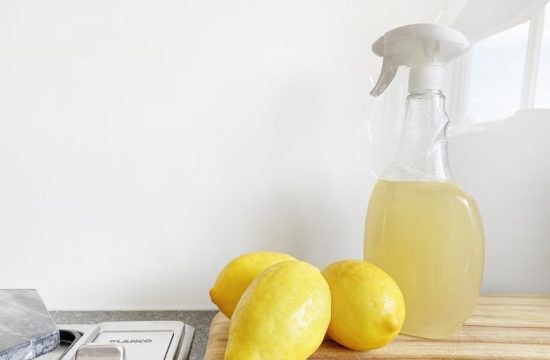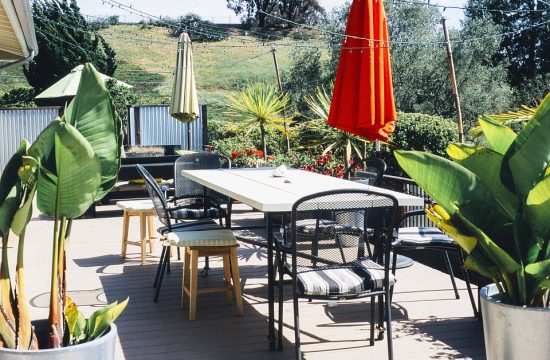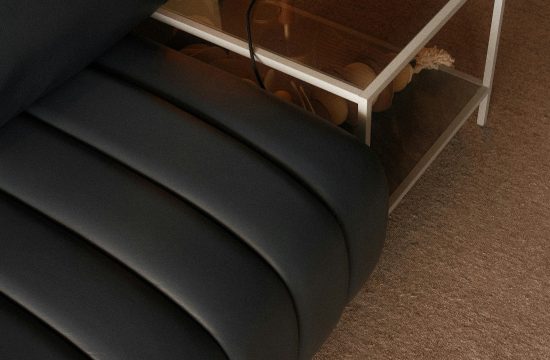By ABBIE JURY – Taranaki Daily News
Choices, choices: These two radically different types of outdoor seating can be found on www.domo.co.nz but you might have to trade your car in to afford them.
I see that summer officially starts on Tuesday, but our thoughts turned to the first of the summer wines a few weeks ago.
That is to say that I floated the idea of some new outdoor furniture for us to sit on in greater comfort with glass in hand. My Mark is a man of many talents, but shopping is not one of them. When it comes to larger purchases, I have to do the legwork, narrow it down to a preferred option plus a back-up position and then psyche us both up for a joint shopping expedition. So I have been looking at options, both in shops and online.
Wooden furniture largely falls into two camps: Indonesian teak and kwila (hardwoods) or Cape Cod-style, which is more commonly made in tanalised pine and often painted. We have an existing teak table and eight chairs, which are fine, but I have another use for them and I want more comfort. I have a twinge of conscience each time I look at them. I suspect an orang-utang may have been made homeless in order to supply the timber for my patio furniture. Eight to 10 years ago, when we bought it, sustainable logging was not a key selling point. Now it is a huge issue and every purveyor of Indonesian hardwood outdoor furniture from the cheapest to the considerably more upmarket outlets claims that their source is sustainably managed. Call me a cynic, but I wonder if in fact all these offshore buyers were not booked in for consecutive days to visit the one and same model plantation with the claim that it is a fine example of wonderful environmental management and its furniture is being made exclusively from timber milled from this location. The bottom line is that Indonesia’s hardwood forests are disappearing at an alarming rate and the timber is going somewhere. It may be optimistic to think that they are not going to supply the decking and outdoor furniture for wealthy Western al fresco living. It is more likely that sustainable logging in heartland Indonesia means cutting out the hardwood forest to replant in high-yield palms.
I won’t be buying more furniture made from Indonesian hardwoods at this stage. If you have some (and who hasn’t?), you may like to try extending its life by painting it with a mix of about half raw linseed oil and half turpentine. If the mix is a little thick, add more turps. The proportions are not critical. The turps helps the mix get absorbed readily and stops the timber from being sticky. Sadly, I must warn that you can’t put it in a huffer bottle and spray it on (I tried, but the mix is too viscous), so you need to brush it on or apply it with a rag. It will wreck the brush – and if you use a rag, be cautious what you do with it afterwards because it can spontaneously combust. However, it is a great deal cheaper and just as effective as expensive wood preservers sold for the same purpose, though it will darken the wood.
The Cape Cod furniture is allegedly in the American style (fairly loosely speaking, I suspect) favoured on that peninsular of Massachusetts. Personally, I think the common style of chair looks as if it were designed for the human equivalent of Jack Russell dogs – long in the upper leg (deep seats) but extremely short in the lower leg (close to the ground) and with a sharply angled back, which looks really bad for posture. They are quite cute to look at in that picket fence sort of genre and it appears to be fashionable to have them painted in alarmingly garish colours, rather than in gently weathering timber, but at least they are made from ethical timber.
Next is that tubular aluminium and nylon look. At its best, it is very stylish in its contemporary appearance, with clean lines, and it is probably very practical. At its worst, it just looks utility and cheap – and there are very cheap options from some outlets. It is not for me, but if I lived in a penthouse apartment with lots of shiny stainless steel, perspex panels and glass, I would probably feel it was entirely appropriate to the environment – but I would only want the more upmarket quality of this style.
So to the French provincial look (sometimes Italian), marketed these days as shabby chic. It is usually cast iron, sometimes wrought iron, and I admit I love the look. When we bought our old wooden suite, what I would really have adored was the French provincial dining table and eight chairs, which was a mere $6000 close to a decade ago. It wasn’t overly comfortable, it couldn’t accommodate a sun umbrella and it certainly wasn’t practical (the heavy chairs would have been difficult to push in and out on our imperfect outdoor surface) but it was stylish. These days, the price has dropped (the quality, too) and alas, shabby chic has come to mean chipped paintwork in pastel colours peppered with rust. I don’t want chipped paintwork and rust and I do want comfort. Shabby chic is founded on the real McCoy – weathered by time and of undeniable quality. Repro shabby chic does not do it for me.
Finally we come to the option of African colonial, which is outdoor wicker. Proper wicker is a wonderfully organic and aesthetically pleasing material (though it can descend from chic to plain shabby alarmingly quickly), but it is designed for a very dry climate. So what is on offer here is made from synthetic materials. I was surprised to find that if you buy good quality, the guarantee runs to five or even 10 years, which is a lot longer than I expected. African colonial probably takes the prize for all- round comfort – clearly the gin- drinking representatives of Her Majesty’s Government in that continent knew a thing or two about comfort. We have yet to make our decision, but certainly my forays on the topic have highlighted three points:
Like most things in life, you get the quality you pay for.
The really, really, really stylish options are found on the internet and are divine but out of our league altogether. I think I’d rather have the new car I could buy with the money instead.
Bringing your outdoor furniture under cover at the end of summer greatly extends the life expectancy of same.
I did not see any of the resin furniture that I have maligned for many years. Maybe it has gone (I wish). I will not even deign to comment on the naff swinging love seats under their own little awnings that look like a floral surrey with a fringe on top. But I would comment that the cantilevered umbrellas that are for sale everywhere this year are desirable. We haven’t owned one, but we have used one and they completely eliminate the intrusive presence of an umbrella pole in the middle of everything. We are looking forward to being well set up shortly for the summer wines.
Source : www.stuff.co.nz



